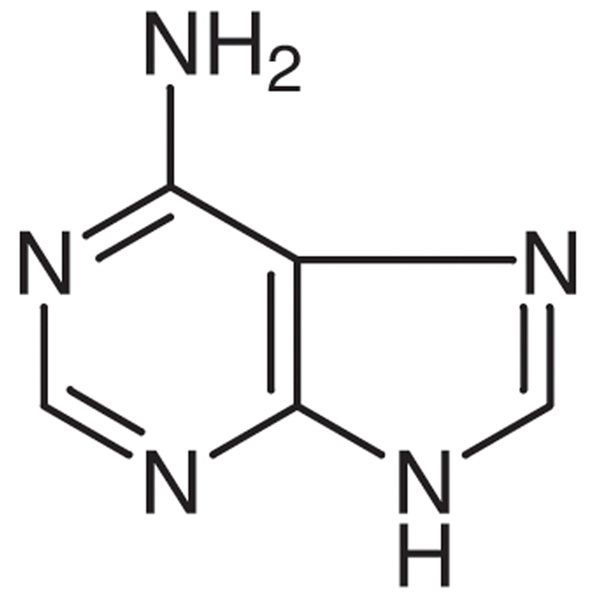Adenine CAS 73-24-5 Assay 98.0%~102.0% (Titration) High Purity Factory
Shanghai Ruifu Chemical Co., Ltd. is the leading manufacturer and supplier of Adenine (CAS: 73-24-5) with high quality, production capacity 500 tons per year. Our products are well sold throughout China, and also exported to America, Europe, India, etc. which had gained high prize from our customers. We can provide worldwide delivery, small and bulk quantities available. If you are interested in Adenine, Please contact: alvin@ruifuchem.com
| Name | Adenine |
| Synonyms | 6-Aminopurine; 6-Amino-9H-Purine; Vitamin B4; 1H-Purin-6-Amine; 1,6-Dihydro-6-Iminopurine; 9H-Purin-6-Amine; |
| Capacity | In Stock, Production Capacity 500 Tons per Year |
| CAS Number | 73-24-5 |
| Molecular Formula | C5H5N5 |
| Molecular Weight | 135.13 |
| Melting Point | >360.0℃(lit.) |
| Solubility in Hot 1mol/L HCl | Almost Transparency |
| Water Solubility | Practically Iinsoluble in Water, 0.1 g/l 20℃ |
| Solubility | Very Slightly Soluble in Alcohol. Insoluble in Ether, Chloroform |
| Stability | Stable. Moisture-Sensitive. Incompatible With Strong Oxidizing Agents. |
| Brand | Ruifu Chemical |
| Item | Specifications |
| Appearance | White or Off-White Crystalline Powder |
| Identification | IR Conforms to the Reference |
| Assay / Analysis Method | 98.0%~102.0% (Titration) (on the dried basis) |
| Loss on Drying | ≤0.50% |
| Residue on Ignition | ≤0.10% |
| Heavy Metals (as Pb) | ≤10ppm |
| Arsenic (As2O3) | ≤1.0ppm |
| Organic Impurities | USP XXVI |
| Nitrogen Content | 50.2%~53.4% ( on the dried basis) |
| Organic Volatile Impurities | USP XXVI |
| Test Standard | United States Pharmacopeia (USP35) |
| Main Uses | Pharmaceutical Intermediates |
| Upstream Products | Hypoxanthine CAS: 68-94-0 |
| Downstream Products | 6-Benzylaminopurine CAS: 1214-39-7; Tenofovir Disoproxil Fumarate CAS: 202138-50-9 |
Package: Bottle, Aluminum foil bag, 25kg/Cardboard Drum, or according to customer's requirement.
Storage Condition: Store in sealed containers at cool, dry and ventilated warehouse away from incompatible substances. Protect from light and moisture.
Adenine contains NLT 98.0% and NMT 102.0% of C 5H5N5, calculated on the dried basis.
IDENTIFICATION
A. INFRARED ABSORPTION <197K>
ASSAY
PROCEDURE
Sample: 200 mg of Adenine
Blank: 80 mL of a mixture of 100 mL of glacial acetic acid and 300 mL of acetic anhydride
Titrimetric System
Mode: Direct titration
Titrant: 0.1 N per chloric acid VS standardized as follows: Transfer 300 mg of potassium biphthalate to a 150-mL beaker and, by stirring, dissolve in 80 mL of a mixture of 100 mL of glacial acetic acid and 300 mL of acetic anhydride. Titrate with the per chloric acid solution. Each 20.42mg of potassium biphthalate is equivalent to 1 mL of 0.1 N perchloric acid.
Endpoint detection: Potentiometric
Analysis: Dissolve the Sample in 80 mL of a mixture of 100 mL of glacial acetic acid and 300 mL of acetic anhydride by stirring, and titrate with the Titrant. Calculate the per centage of Adenine (C5H5N5) in the portion taken:
Result = [(V − B) × N × F × 100]/W
V = Sample titrant volume (mL)
B = Blank titrant volume (mL)
N = titrant normality (mEq/mL)
F = equivalency factor, 135.13 mg/mEq
W = weight of Sample (mg)
Acceptance criteria: 98.0%–102.0% on the dried basis
IMPURITIES
Inorganic Impurities
RESIDUEON IGNITION <281>: NMT 0.1%
HEAVY METALS, Method II <231>: NMT 10ppm
Organic Impurities
PROCEDURE
pH 7.0 phosphate buffer: Dissolve 4.54 g of monobasic potassium phosphate in water to make 500 mL of solution. Dissolve 4.73 g of anhydrous dibasic sodium phosphate in water to make 500 mL of solution. Mix 38.9 mL of the monobasic potassium phosphate solution with 61.1 mL of the dibasic sodium phosphate solution. Adjust, if necessary, by the dropwise addition of the dibasic sodium phosphate solution to a pH of 7.0.
Standard stock solution: Dissolve a suitable quantity of USP Adenine RS in hot water, cool, and dilute quantitatively with water to obtain a solution having a known concentration of 0.19 mg/mL.
Standard solutions: Pipet 5-mL portions of the Standard stock solution into three 100-mL volumetric flasks, and dilute with 0.10 N hydrochloric acid, 0.010 N sodium hydroxide, and pH 7.0 phosphate buffer, respectively, to volume.
Sample stock solution: Dissolve a suitable quantity of Adenine in hot water, cool, and dilute quantitatively with water to obtain a solution having a known concentration of 0.19 mg/mL.
Sample stock solution: Dissolve a suitable quantity of Adenine in hot water, cool, and dilute quantitatively with water to obtain a solution having a known concentration of 0.19 mg/mL.
Sample solutions: Pipet 5-mL portions of the Sample stock solution into three 100-mL volumetric flasks, and dilute with 0.10 N hydrochloric acid, 0.010 N sodium hydroxide, and pH 7.0 phosphate buffer, respectively, to volume.
Spectrometric conditions
(See Spectrophotometry and Light-Scattering <851>.)
Mode: UV-Vis
Wavelegth range: 220–320 nm
Cell: 1 cm
Blank: Water
Analysis
Samples: Standard solutions and Sample solutions
Acceptance criteria: The respective absorptivities, calculated on the dried basis, at the wavelengths of maximum absorbance, for each pair of corresponding solutions do not differ by more than 2.0%.
SPECIFIC TESTS
LOSSON DRYING <731>: Dry a sample at 110 ° for 4 h: it loses NMT 1.0% of its weight.
NITROGEN CONTENT, Method II 〈461〉: 50.2%–53.4%, calculated on the dried basis
ADDITIONAL REQUIREMENTS
PACKAGING AND STORAGE: Preserve in well-closed containers.
USP REFERENCE STANDARDS <11>
USP Adenine RS
| Hazard Codes | Xn,Xi | F | 8-10-23 |
| Risk Statements | 22-20/21/22 | TSCA | Yes |
| Safety Statements | 26-36 | Hazard Class | 6.1 |
| RIDADR | UN 2811 6.1/PG 3 | Packing Group | III |
| WGK Germany | 3 | HS Code | 2933990099 |
| RTECS | AU6125000 | Toxicity | LD50 orally in rats: 745 mg/kg (Philips) |

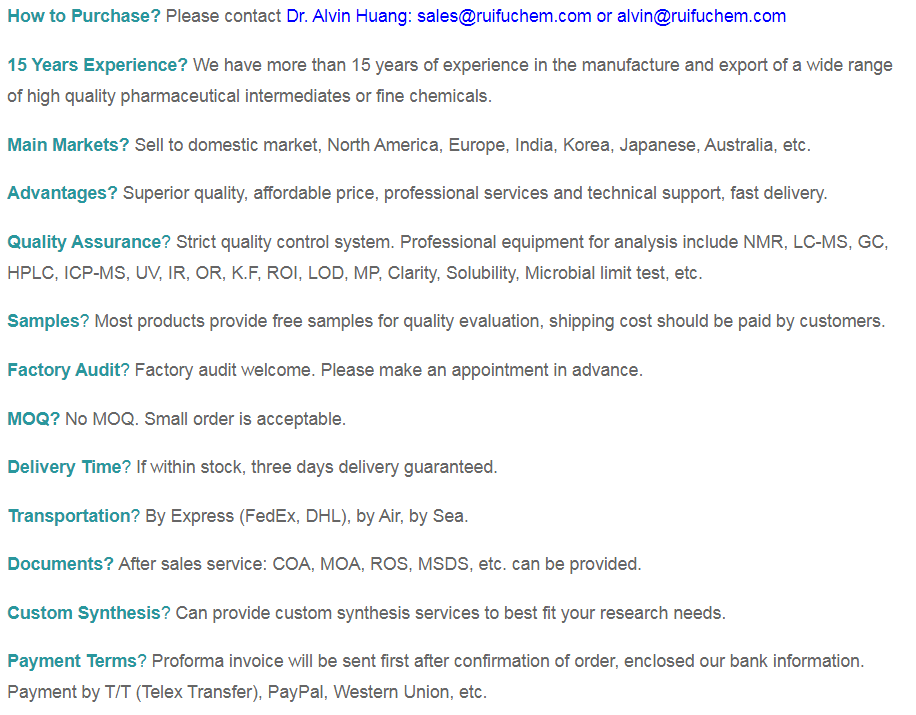
Adenine (Synonyms: 6-Aminopurine; Vitamin B4, CAS: 73-24-5), a purine, is one of the four nucleobases in the nucleic acid of DNA. Adenine also plays an important role in biochemistry involved in cellular respiration, the form of both ATP and the cofactors (NAD and FAD), and protein synthesis. In addition to this, it is used in the production of nucleotides of the nucleic acids. For the production of adenosine, ATP, ADP, an anti-AIDS drug and vitamin B4 and plant growth hormone 6-benzyl adenine, also used in pharmaceutical and biochemical research. At present, the Domestic food and Drug Administration still uses Vitamin B4 name for filing, and many domestic pharmaceutical factories produce Adenine tablets under the name of Vitamin B4. Adenine is a purine nucleobase. It is part of DNA, and RNA. Adenine is also a component of cofactors (NAD, FAD) and signaling molecules (cAMP). It is a nitrogenous base found in DNA and RNA. It is also a constituent of certain coenzymes and when combined with the sugar ribose it forms the nucleoside adenosine found in AMP, ADP, and ATP. Adenine has a purine ring structure. It is one of the major component bases ofnucleotides and the nucleic acids DNA and RNA.
-
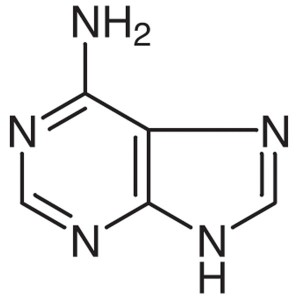
Adenine CAS 73-24-5 Assay 98.0%~102.0% (Titrati...
-
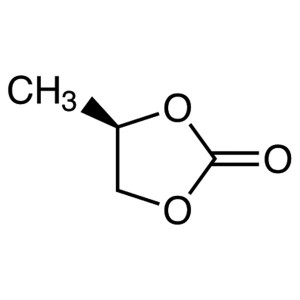
(R)-(+)-Propylene Carbonate CAS 16606-55-6 Assa...
-
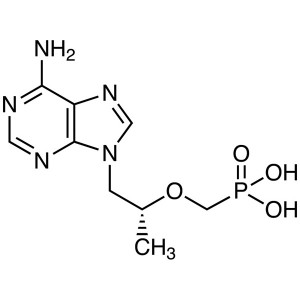
Tenofovir CAS 147127-20-6 Assay 98.0%~102.0% AP...
-
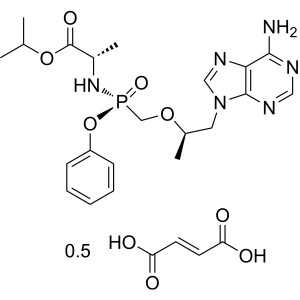
Tenofovir Alafenamide Hemifumarate CAS 1392275-...
-
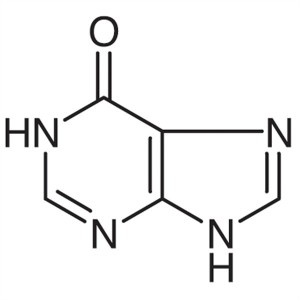
Hypoxanthine CAS 68-94-0 Assay 98.0%~102.0% (UV...
-
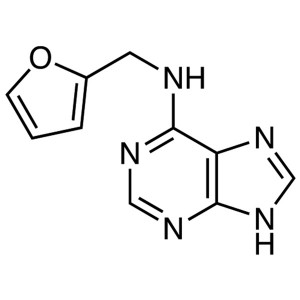
Kinetin (6-KT) CAS 525-79-1 Purity >99.0%(HPLC)...
-
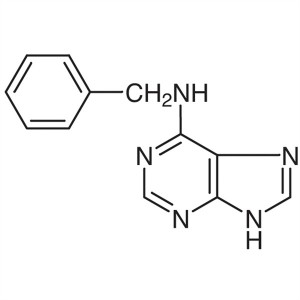
6-Benzylaminopurine 6-BAP CAS 1214-39-7 Purity ...
-
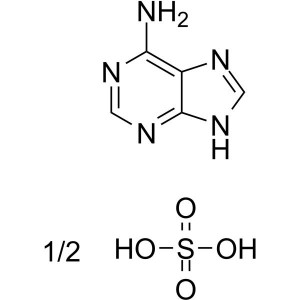
Adenine Hemisulfate Salt CAS 321-30-2 Purity ≥9...
-
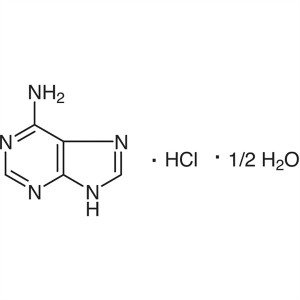
Adenine Hydrochloride Hemihydrate CAS 2922-28-3...
-
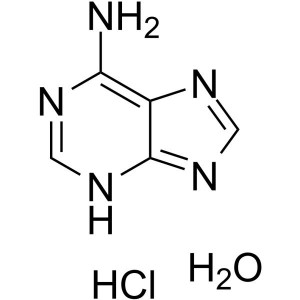
Adenine Hydrochloride Hydrate CAS 6055-72-7 Ass...
-
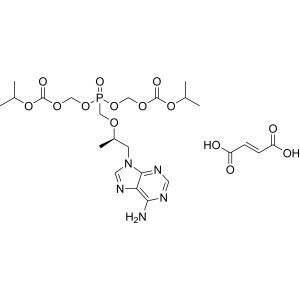
Tenofovir Disoproxil Fumarate CAS 202138-50-9 A...
-
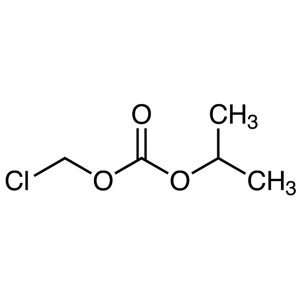
Chloromethyl Isopropyl Carbonate CAS 35180-01-9...
-
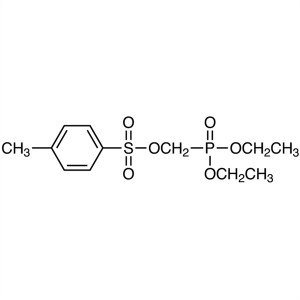
Diethyl (p-Toluenesulfonyloxymethyl)phosphonate...
-
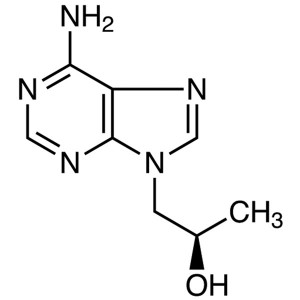
(R)-9-(2-Hydroxypropyl)adenine CAS 14047-28-0 A...
-
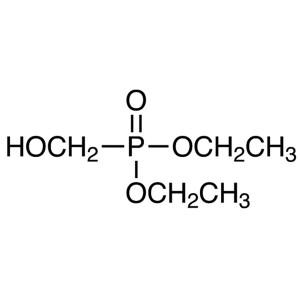
Diethyl (Hydroxymethyl)phosphonate CAS 3084-40-...
-
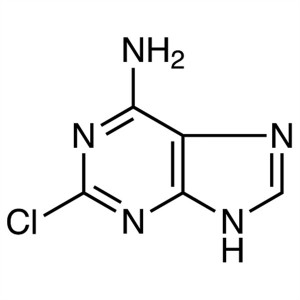
2-Chloroadenine CAS 1839-18-5 Assay ≥98.0% (HPL...

